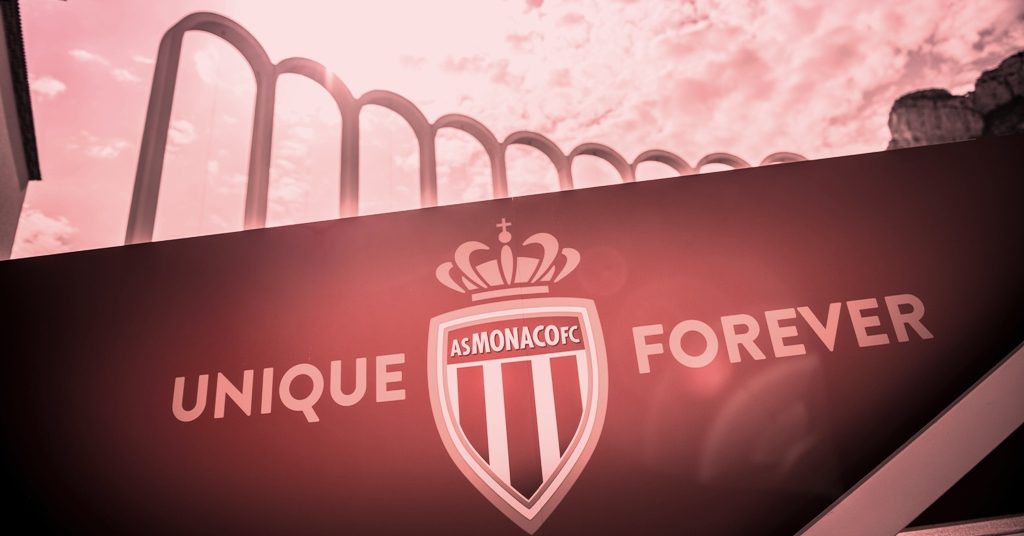AS Monaco: Unique Forever

Talent Development
During the 2013/14 season, AS Monaco’s squad boasted the likes of James Rodriguez and a young Anthony Martial with total transfer spend reaching over €160m. However, only €5m was recouped in player sales. The following season they would make a huge profit on player transfers with James Rodriguez moving to Real Madrid for over €75m after a number of sparkling displays for Columbia in the World Cup. The year after, Anthony Martial joined Manchester United at a record fee for a teenager at the time making him one of Monaco’s most profitable acquisitions.
Since then the club have garnered a reputation for nurturing young talent and the rise of Kylian Mbappe through the club’s academy being another sign of this astute sporting and business model.

Kylian Mbappe
“This is one of the great strengths of the club and a corner stone in our business model because the other revenue streams – for the time being – remain limited. Today, the transfer policy is the core of our business and sporting model,” he continued.
The club’s scouting network now includes sporting director Michael Emenalo who joined from Chelsea in November 2017 and will work with Mr Vasilyev in developing the club’s talent pathway. But AS Monaco, historically, are a successful club in French football, and a development pathway for young talent. Indeed, four of France’s 1998 World Cup winning squad came through Monaco’s academy system – Fabian Barthez, Theirry Henry, David Trezeguet and Emanuel Petit – the latter having left the club the year before that victory.
Noting with some frustration however, Mr Vasilyev, said: “When I came to the club five years ago, we tried to get a couple of players coming to Monaco – we were at the bottom of Ligue 2 and they were like ‘what is this club?’.
“But as we started to be successful, and we are historically a successful club, the interest came back and the transfers that made headlines mean we are now in a situation where players see us as the best opportunity to develop. So now when they look at where they can go, so many of them give us priority.”
AS Monaco is now seen as a step on a longer path for many players and is something Mr Vasilyev is well aware of, and indeed embraces, stating: “It’s a business model, but it’s a business model that is a part of the sporting model because as long as we let players go at the right time, then others will come because they will see us as part of the path.”
On the morning of my arrival, Southampton FC had reached a deal to sign Guido Carrillo for around €22m, joining Monaco’s other Premier League transfers for the 2017/18 season – Benjamin Mendy (€57m) and Bernardo Silva (€50m) at Manchester City and Teimoue Bakayoko at Chelsea for €45m. The sale of these four players to the Premier League made Monaco a healthy €174m.
Fundamental to the continued success of the club’s talent pathway is La Turbie. The academy complex that sits high up in the mountains above Monaco is one of the most profitable in world football with €250m+ of sales in the last 3 years. Counting the likes of Layvin Kurzawa, Yannick Ferreira-Carrasco, and of course, Mbappe as alumini, the complex is currently undergoing a €50m transformation to make it one of the most high tech elite training centres in Europe.
“It’s massively important to the continued success of the club. We will never be able to compete with the size of infrastructure with the likes of Manchester City or Tottenham Hotspur who have fantastic facilities, but I think we can compete with the expertise we have. I’m confident that we have the edge – a competitive advantage – in that we can bring our academy players through to the first team on a regular basis.”
That pathway continues with the signing of Pietro Pellegri, the 16 year old Italian who joined from Genoa at the end of January and is seen as one of the hottest prospects in European football. But he didn’t come cheap with Monaco paying €20m for his services making him the second most expensive young player in Europe. However, if the club’s trend for development and resale continues, it could look like a very shrewd investment.
Continue reading…



